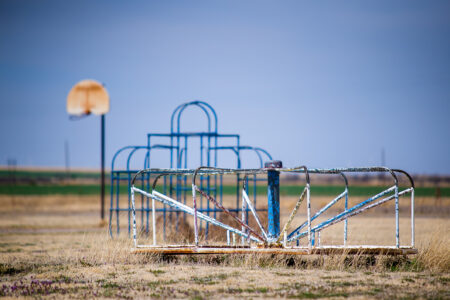Share On Social!
If you’ve ever dreamed of making a difference in your community (or if you’re a kid who doesn’t mind getting a little dirty), then you’ll want to hear about the amazing mud run program, Mile Strong Kids by Fred Bailon and John Soto.
Bailon and Soto, two elementary-school teachers in the majority Latino city of San Antonio, Texas, organized a one-day mud run to start “standing up to obesity.”
The event was so surprisingly successful that it led to the formation of a running club and non-profit group to organize mud runs all over town.
Obesity Spurs Big Idea
Fred Bailon and John Soto are teachers at W.Z. “Doc” Burke Elementary School in San Antonio, Texas. About 87% of Burke students are Latino and 82.3% of the school’s population is economically disadvantaged, according to the Texas Tribune.
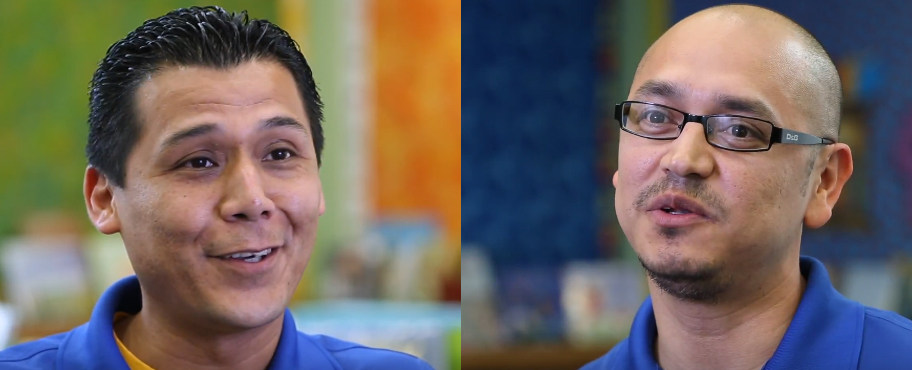
Bailon and Soto started noticing more students struggle with obesity.
“One in three children are obese, so we wanted to help change that,” Bailon said.
Bailon and Soto both believed in the importance of staying active. On weekends they would often participate in 5K and 10K running events and other types of runs.
One increasingly popular running event is called a “mud run,” in which participants run several miles, stopping every now and then to go through obstacles that incorporate mud, water, hurdles, hanging, climbing, crawling, jumping, and just plain getting dirty.
One day, Bailon told his fourth-grade students about a mud run he and Soto recently participated in. The students got really excited, Bailon said, asking: “Is there something like that for kids?”
Latino kids often don’t participate in running events because of high entry costs, Bailon said.
A low- or no-cost mud run for kids seemed like a great idea to motivate and inspire kids to move and stay active into adulthood.
But Bailon had never heard of a mud run for kids; so he spoke with his friend and colleague Soto. After talking about it and searching for related events online, the two found no mud runs for San Antonio kids.
“We started with the idea of creating a mud run at the school based on the response of the kids,” Bailon said.
Bailon and Soto thought about what they’d need to organize a school mud run: support from school staff and administration, approval from the school principal, and manpower, resources, and logistical help.
Mud Run Ideas Get Traction
Bailon and Lopez brought their school mud run idea to the school principal, Annette Lopez. Lopez had taken up running as a hobby and even joined Bailon and Soto on a recent mud run.
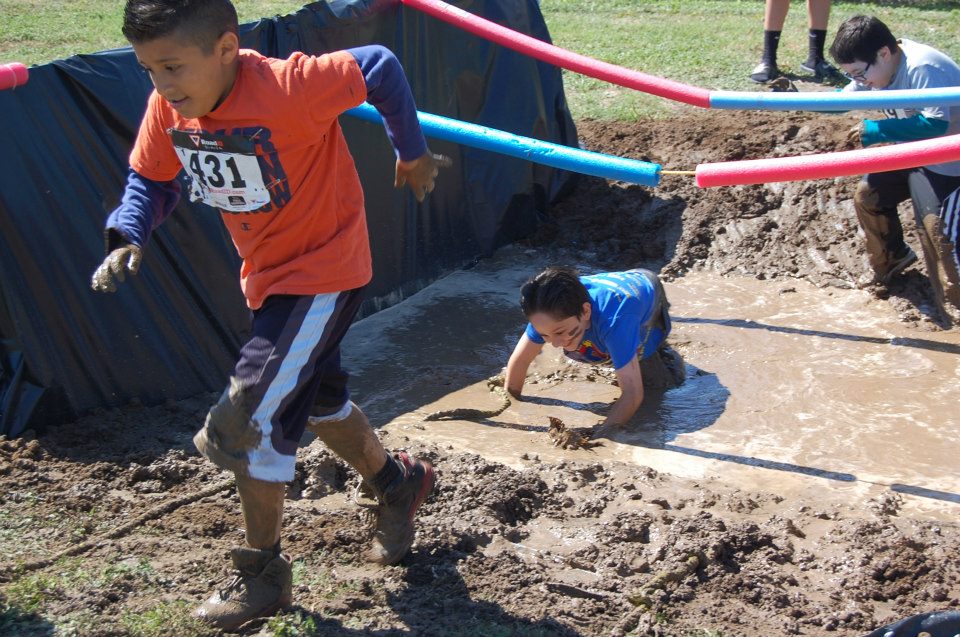 “Shortly after that she got the running bug,” Bailon said.
“Shortly after that she got the running bug,” Bailon said.
Bailon introduced the school mud run idea, “sort of jokingly,” but Lopez was open to it.
“She was more receptive of it because she knew how much fun these races were,” Bailon said.
Lopez asked the pair about the safety of obstacles for the proposed mud run.
“After they came to me, I asked them some questions. Once they showed me that the obstacles would not be dangerous, I said, ‘OK, we’ll put a plan together,’” Lopez said.
Lopez said Bailon and Soto had her full support, as long they organized the event.
Bailon and Soto then started to spread the word about the first-ever mud run at Burke.
They shared the idea with school teachers at their Monday weekly staff meeting, generating vast support.
“We have a lot of teachers that run recreationally,” Bailon said. “So they were excited.”
They showed students a “climatic” PowerPoint presentation showing 10 obstacles—a slip-and-slide station, water soakers, a mud pit, and more—including photos of Lopez and other teachers at a mud run.
Bailon and Soto said student interest was high.
They also started to seek school and community support for different aspects of the mud run, like race course obstacle equipment and medals/ribbons for winners.
The school offered use of some P.E. equipment for some obstacles.
They reached out to teachers, parents, and community business leaders to get donations and additional equipment, such as lumbar, tires, and dirt for the race. A local tire shop donated used tires.
They also started recruiting teachers and student family members to volunteer. They also developed a liability waiver based on others they had seen when competing in mud runs.
“We are fortunate that our school is very generous and giving of their time.” Bailon said. “I think that’s a key component, people have to be as excited about it, as you are.”
They held the first-ever Burke mud run in May 2012. Volunteers stood at stations to assist kids in completing each obstacle over the 1-mile course. All school students participated, each grade in its own wave of racers separated by 15 minutes. Because of their young age, Lopez said K-2 students ran with a parent or guardian.
The first mud run was a victory in many ways; there was an outpouring of support from the community, the kids enjoyed it, and parents wanted to know when the school would be doing it again.
The success was an eye-opener for Bailon and Soto.
Because the mud run at Burke had been such a huge hit, the two educators began thinking more globally about how they could bring mud runs to other schools across the city.
One idea was to start a nonprofit.
Starting a non-profit group could offer mud runs for free, invite more schools to participate, and also offer businesses and community supporters a way to get tax write-offs for their donations.
Another idea was to develop a mud run training program.
“Honestly, I thought it was just going to be a one-time thing, but that’s when we realized these kids needed more preparation,” Soto said. “Some of the kids we’re so out of shape. They had never run before.”
Making the Mud Run Something Bigger
Bailon and Soto started work to create a nonprofit for a unique training program that would teach kids to run, prepare them for a mud run, and culminate in a mud run event.
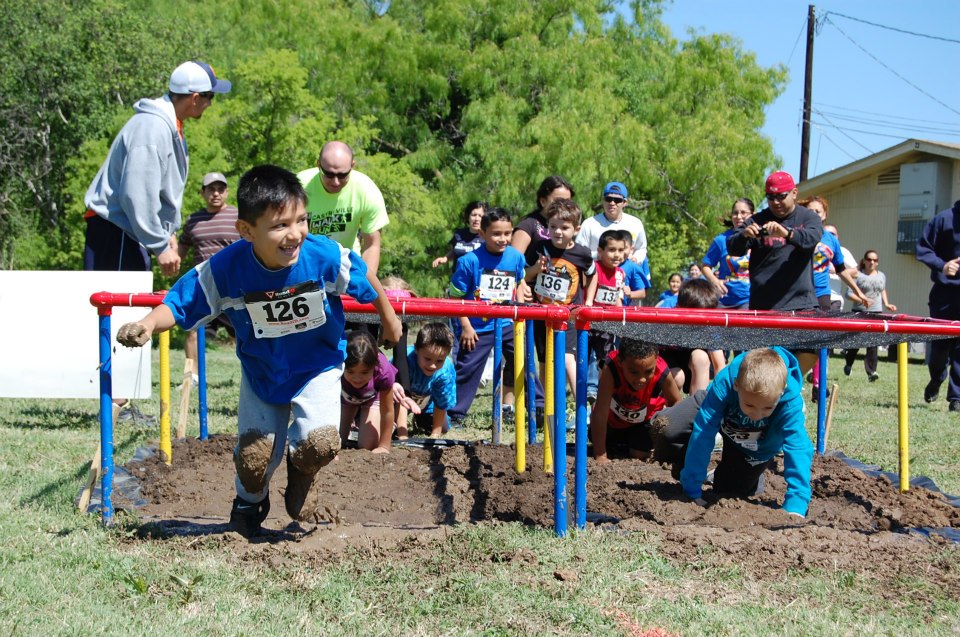 They envisioned a 6-week training program.
They envisioned a 6-week training program.
At each weekly training session, kids would run a 1-mile course and complete up to eight exercise/obstacle stations along the way, like jumping jacks, jump rope, stepping through an agility latter, sit-ups, or squats.
Bailon and Soto also came up with a reward/recognition system.
Once children complete a station, they would earn a rubber band and after completing all the stations, runners would earn prizes like pendants, tokens, and necklaces. They even came up with a website that would recognize kids who complete the training.
After the training, a participating school would host a mud run for their students.
Bailon and Soto spoke with an attorney who guided them through the legal process of making Mile Strong Kids an official non-profit organization.
In August 2012, Mile Strong Kids became a 501 (c) (3) non-profit.
“We thought it would take months to get through the process but we got approved that same month,” Bailon said.
In February 2013, the 6-week Mile Strong Kids running program kicked-off at Burke Elementary. Two additional schools, Mead and Fisher elementary, requested to be a part of the program.
Mile Strong Kids also launched a website, www.milestrongkids.org.
Mile Strong Kids
Before the kids arrive for each of the six weekly Mile Strong Kids training sessions, organizers set up exercise stations along the 1-mile course that they measure with the help of a GPS enabled running app.
On average 15-20 volunteers show up each Saturday morning for six-weeks to help kids prepare for the annual mud run at their school. It generally takes at least one volunteer to man each station and a few to handle the registration table.
Before each practice session, coordinators at the registration table distribute running bibs to students. Once students finish running they return to the table to redeem rubber bands for incentives.
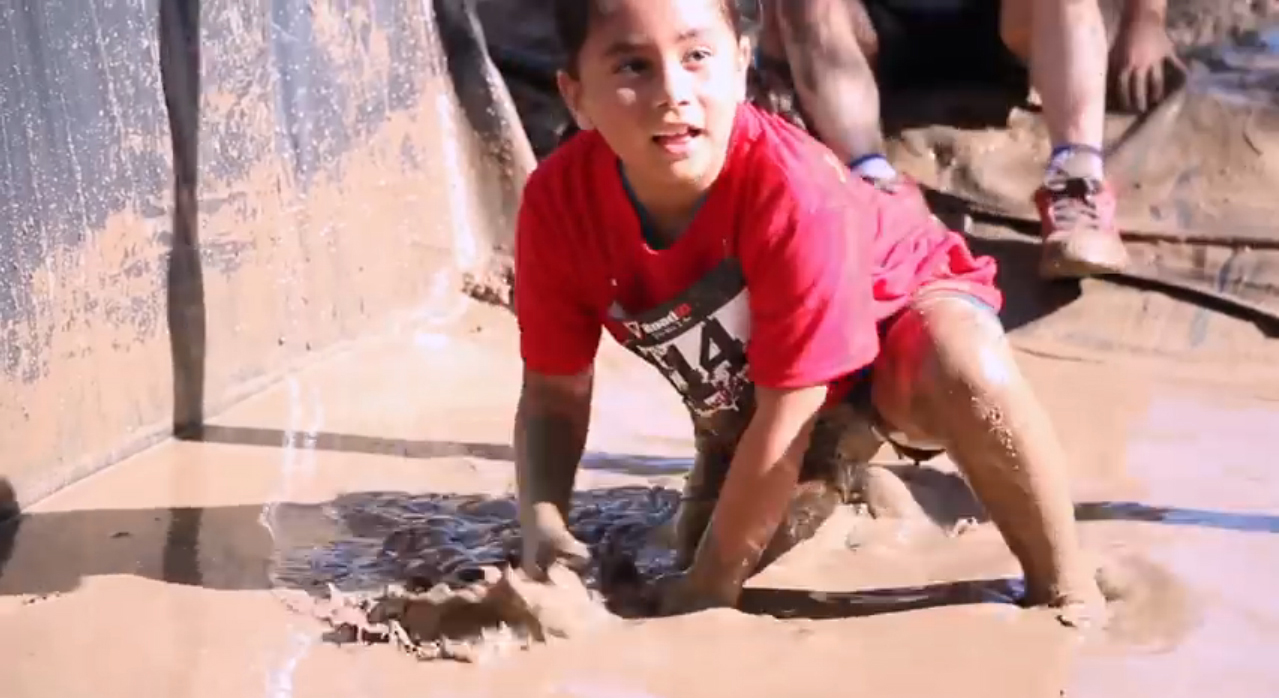 “If you’re going to have a six-week running club then you’re going to need volunteers that are going to show up,” Bailon said.
“If you’re going to have a six-week running club then you’re going to need volunteers that are going to show up,” Bailon said.
Parental support is also important.
Parents often joined-in on the excitement of running the 1-mile course alongside their children. Because the program lasts for a full hour, kids often end up completing the whole course more than once.
“Some kids run the whole course 5 or 6 times during a single practice” Soto said. “They can run it as many times as they want.”
Then, after training for six weeks kids finally get to participate in a mud run at their school. Because the mud run is a much larger community-wide event, sponsors show up and set up booths as mud run volunteers set-up the obstacle course. At the end of the race, the top three runners in each age category are awarded a medal or ribbon.
Lopez said that parent involvement for this program was unlike that of any other she had seen in her seven years as principal at Burke. Although she has since moved on to another school, Mile Strong Kids continues to be offered at Burke and is now also offered at Mead, the school where Lopez relocated to.
Because the group now organizes mud runs at different locations, they have to be creative with the work they do. For instance, when a school has more pavement than dirt, they add water soakers.
“We just try to be creative with what we have,” Bailon said. “You sort of have to think like a kid.”
Thinking along those same lines, Bailon created a super-hero themed logo using a free program he downloaded from the Internet. The logo is now featured on Mile Strong Kids T-shirts.
In addition to the three schools that have joined the Mile Strong Kids, Bailon and Soto anticipate two more schools joining for the 2014 school year. Although the running program only takes place at Burke, their hope is to make mud runs accessible to all children.
“Our goal is to have it at a central location, have a big event and invite as many kids as possible,” Bailon said. “That would be our dream.”
For now Bailon, Soto and their supporters continue to get the word out. The ongoing support from the community and the team’s commitment to children continues to make the program a success.
By The Numbers
33
percent
of Latinos live within walking distance (<1 mile) of a park
This success story was produced by Salud America! with support from the Robert Wood Johnson Foundation.
The stories are intended for educational and informative purposes. References to specific policymakers, individuals, schools, policies, or companies have been included solely to advance these purposes and do not constitute an endorsement, sponsorship, or recommendation. Stories are based on and told by real community members and are the opinions and views of the individuals whose stories are told. Organization and activities described were not supported by Salud America! or the Robert Wood Johnson Foundation and do not necessarily represent the views of Salud America! or the Robert Wood Johnson Foundation.


